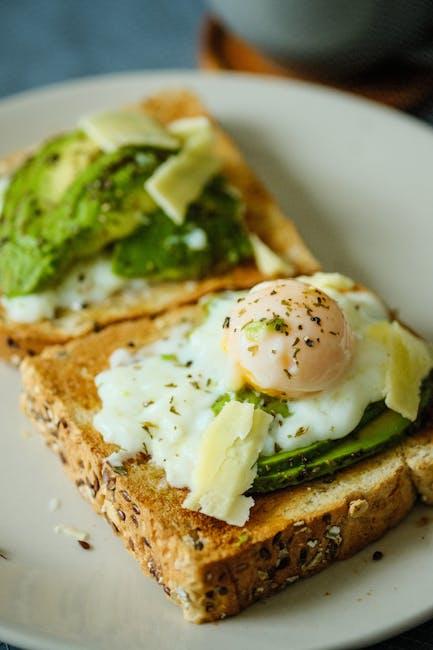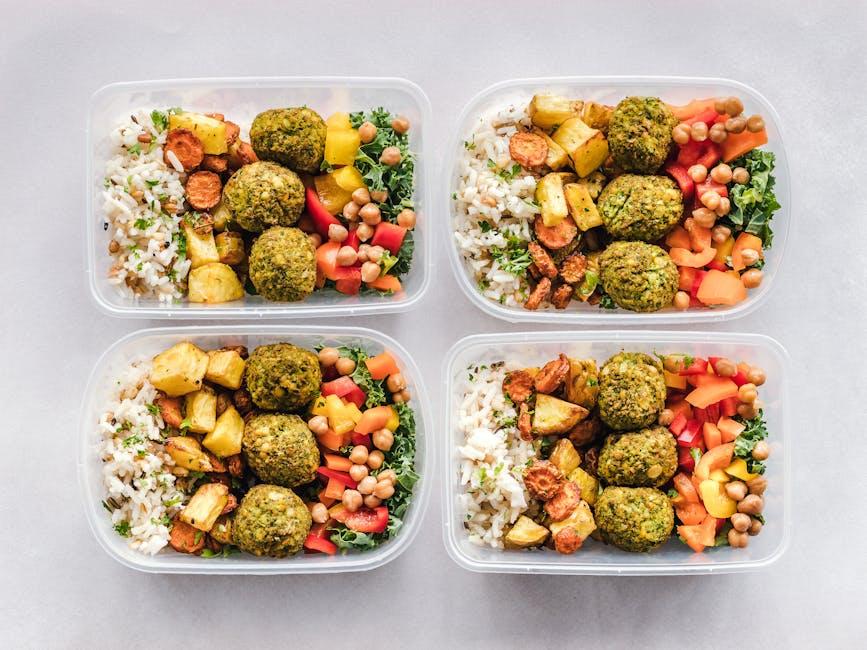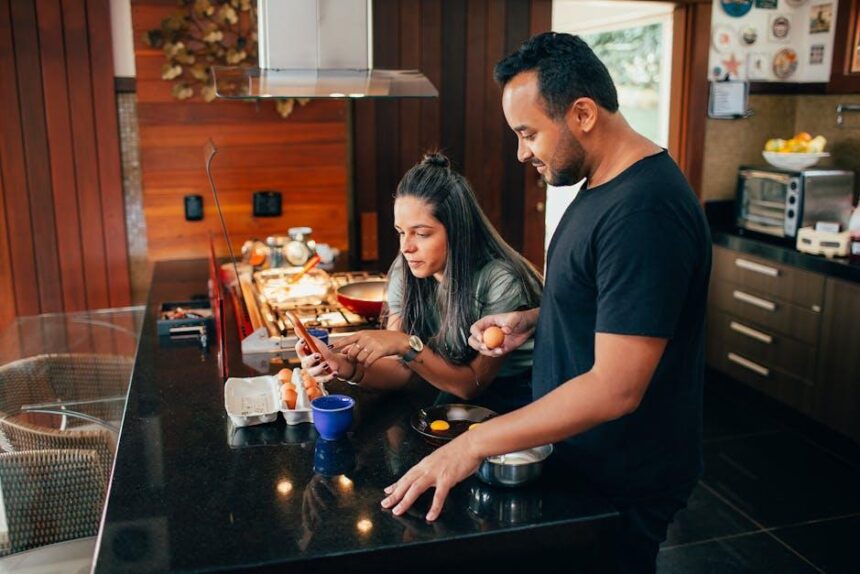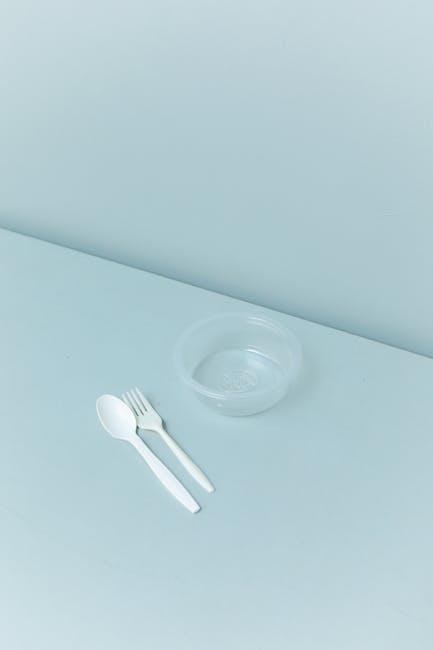In a world where food often meets the landfill more than the plate, the humble leftovers waiting patiently in our fridges quietly challenge us to rethink their fate. These unloved remnants, often overlooked, hold a surprising potential to be transformed from mundane to marvelous with a sprinkle of creativity and a dash of ingenuity. Embracing clever ways to use leftover food not only reduces waste but also unlocks a playground of flavors and textures that can reinvent our meals. This article delves into inventive approaches to breathe new life into what’s left behind, turning yesterday’s scraps into today’s culinary delights.
Transforming Leftover Vegetables into Flavorful Soups and Sauces

When your fridge is stocked with an assortment of leftover vegetables, don’t let them go to waste-transform them into vibrant, nourishing soups or rich, savory sauces. Start by roughly chopping your vegetables and sautéing them with a handful of aromatic herbs and spices like garlic, thyme, or smoked paprika. Once softened, blend the mixture with a splash of broth or tomato puree to create a velvety texture that’s perfect as a standalone soup or a base for other dishes. This technique not only maximizes flavors but also enhances the nutritional value of your meal, giving new life to every carrot peel or wilted spinach leaf.
Consider mixing and matching flavors with these ideas to elevate your kitchen creativity:
- Carrot & Ginger Soup: Sweet carrots paired with spicy ginger make for an invigorating, immune-boosting broth.
- Tomato & Roasted Pepper Sauce: A smoky sauce ideal for drizzling over pasta or grilled veggies.
- Mushroom & Herb Blend: Perfect as a hearty gravy or a warm dip for crusty bread.
| Vegetable | Suggested Pairing | Flavor Boosters |
|---|---|---|
| Broccoli Stems | Potato | Nutmeg, Cream |
| Celery Leaves | Leek | Lemon Zest, Thyme |
| Roasted Tomatoes | Red Pepper | Smoked Paprika, Basil |
Innovative Techniques for Repurposing Stale Bread and Baked Goods

Transforming dry, stale bread into delightful new dishes is an art that combines practicality with creativity. One time-honored method is to turn it into crunchy croutons, perfect for elevating your everyday salads or soups. Simply cube the bread, toss it with olive oil, herbs, and garlic, then toast until golden. Alternatively, stale bread can be ground into breadcrumbs, which serve as a versatile crust coating for proteins or mix-ins for meatballs and veggie patties. For those with a sweet tooth, layering pieces in a custard mixture creates a luscious bread pudding, breathing new life into otherwise forgotten slices.
Beyond traditional ideas, consider these innovative uses to maximize every crumb:
- Savory strata: Combine cubes of dry bread with eggs, cheese, vegetables, and herbs, then bake for a hearty breakfast or brunch option.
- Stuffed mushrooms: Use soaked, seasoned bread crumbs as a filling, adding texture and flavor to bite-sized appetizers.
- French toast sticks: Cut bread into strips and dip in a cinnamon-vanilla egg mix, then pan-fry for an easy, kid-friendly snack.
| Technique | Main Ingredient | Ideal Use |
|---|---|---|
| Croutons | Stale Bread Cubes | Soups, Salads |
| Breadcrumbs | Crumbled Bread | Coatings, Mix-ins |
| Strata | Bread Cubes & Eggs | Breakfast Casserole |
| Bread Pudding | Soaked Bread | Desserts |
Creative Meal Ideas Using Leftover Proteins and Grains

Transform your leftover proteins and grains into vibrant dishes by thinking beyond the plate. Consider shredding cooked chicken or beef and tossing it with sautéed vegetables and grains to create a hearty fried rice or grain bowl that feels fresh and new. Leftover quinoa or barley can be combined with beans, chopped herbs, and a zesty dressing to make a nutritious salad bursting with texture. For a comforting twist, wrap diced leftover meats and grains in whole wheat tortillas with a medley of fresh greens and a drizzle of tangy sauce, turning remnants into irresistible wraps that are perfect for a quick lunch or dinner.
Another inventive idea is to turn proteins and grains into baked frittatas or savory muffins, where eggs act as a binding agent bringing everything together in an easy-to-slice form. These can be customized with cheeses, spices, and any additional veggies you have on hand. Here’s a quick reference for mixing proteins with grains to inspire your next creation:
| Protein | Grain | Suggested Dish |
|---|---|---|
| Roast chicken | Brown rice | Grain bowl with avocado and salsa |
| Ground beef | Quinoa | Baked savory muffins with herbs |
| Tofu | Barley | Stir-fry with mixed vegetables |
| Salmon | Couscous | Cold salad with lemon-dill dressing |
Smart Storage Tips to Maximize Freshness and Minimize Waste

Maximizing the life span of your food starts with understanding the unique storage needs of different ingredients. Herbs thrive best when treated like fresh flowers-trim the stems and place them in water, loosely covered with a plastic bag in the fridge. Meanwhile, fruits and vegetables can often be separated to avoid ethylene gas buildup that accelerates spoilage. Consider using clear, airtight containers to keep leftovers visible and fresh longer, making them easier to rotate and reduce waste. Labeling containers with dates is a simple yet powerful method to keep track of freshness and prioritize use.
Smart storage also means thinking beyond just refrigeration. Some items like bread benefit from freezing in portions to preserve texture and flavor, while cooked dishes such as soups and stews can be divided into small containers for quick, waste-free meals. Below is an example table showing ideal storage tips for common leftovers:
| Food Item | Best Storage Method | Freshness Duration |
|---|---|---|
| Cooked Pasta | Airtight container in fridge | 3-5 days |
| Leafy Greens | Wrapped in paper towels, stored in bag | 5-7 days |
| Roasted Vegetables | Sealed glass container | 4-6 days |
| Leftover Rice | Refrigerated in shallow containers | 4-6 days |
Closing Remarks
In the end, leftover food is more than just remnants of yesterday’s meal-it’s a canvas waiting for a touch of creativity. By reimagining these culinary fragments, we not only reduce waste but also uncover new flavors and stories with every bite. So next time you’re faced with a fridge full of odds and ends, remember: innovation often begins where leftovers end. Embrace the challenge, experiment boldly, and turn what’s left into something delightfully unexpected. After all, creativity in the kitchen is the finest recipe for sustainability and satisfaction.














